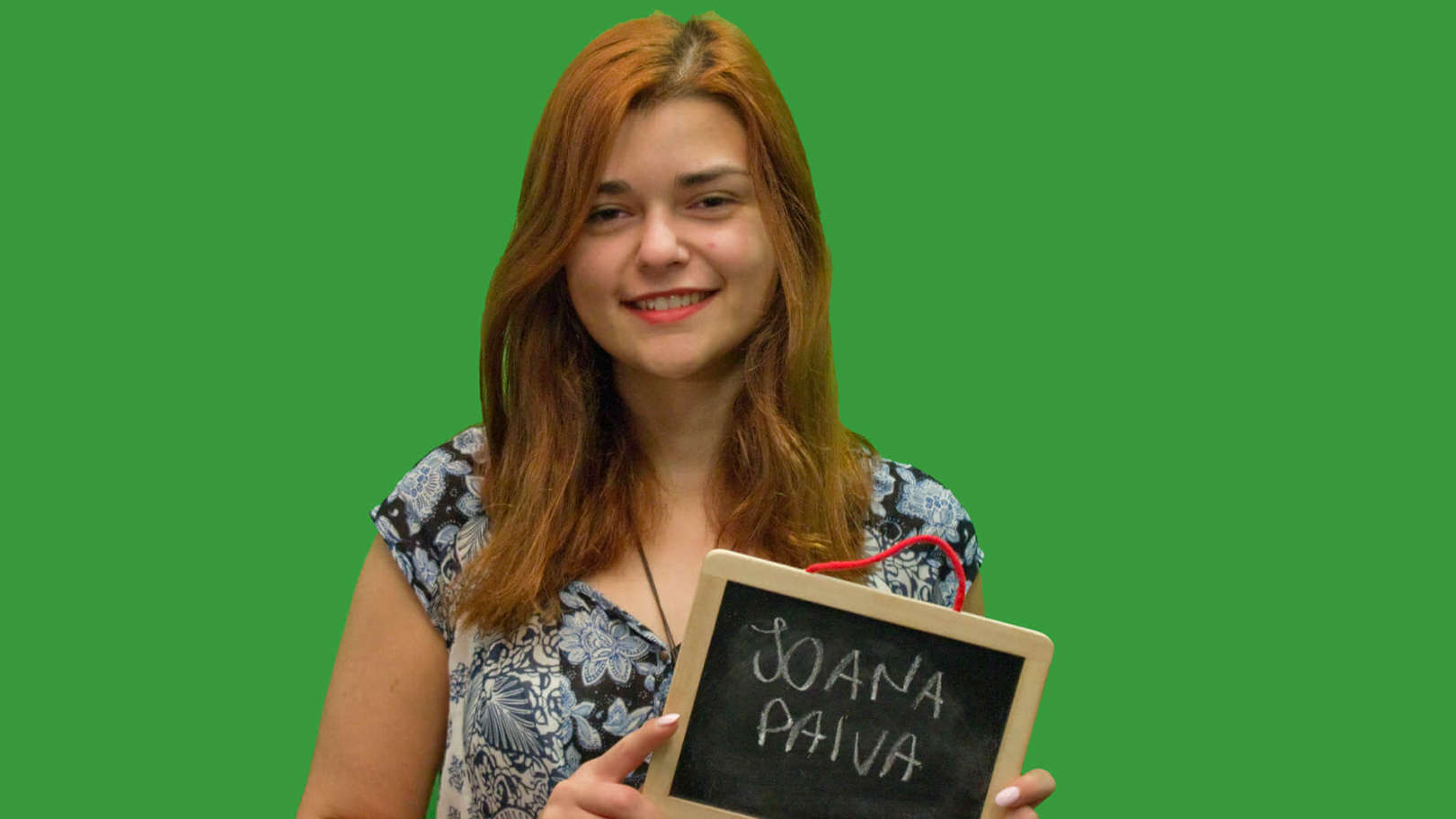Detalhes
Nome
Joana Isabel PaivaCargo
Investigador Colaborador ExternoDesde
15 setembro 2014
Nacionalidade
PortugalContactos
+351222094106
joana.i.paiva@inesctec.pt

2021
Autores
Dias, D; Ferraz Caetano, J; Paiva, J;
Publicação
JOURNAL OF CHEMICAL EDUCATION
Abstract
Designing a science activity for middle school children is a challenging task, especially if it aims to be interdisciplinary. One may ask if it is possible to craft a positive learning experience from different areas such as history of science, chemistry, or ethics. In this paper, we argue it can be achieved if we use the right tools to engage a young audience. A combination of gamification, hands-on activities, and storytelling techniques was successfully used, providing a unique form to approach chemistry and ethics subjects in an "edutainment" format. The result is a game that challenges participants to solve a crime, while addressing chemistry topics to gather pieces of evidence and facing science-related ethical conundrums. In our pilot study, participants evaluated this activity positively, identifying the innovation and entertaining features as the most relevant in their gaming experience.
2021
Autores
Jorge, PAS; Carvalho, IA; Marques, FM; Pinto, V; Santos, PH; Rodrigues, SM; Faria, SP; Paiva, JS; Silva, NA;
Publicação
Results in Optics
Abstract
The classification of the type of trapped particles is a crucial task for an efficient integration of optical-tweezers in intelligent microfluidic devices. In the recent years, the use of the temporal scattering signal of the trapped particle paved for the use of versatile optical fiber solutions for performing such tasks, a feature previously unavailable as most methods required conventional optical tweezer setups. This work presents a comprehensive comparison of performances achieved with two distinct implementations – i)optical fiber and ii)conventional optical tweezers – for the classification of the material of particles through the analysis of the scattering signal with machine learning algorithms. The results suggest that while micron-sized particles can be accurately classified using the forward scattering information in conventional optical tweezers, when equipped with a quadrant photodetector, the optical fiber tweezers solutions can easily surpass its performance using the back-scattered information if the laser is modulated. Together with the advantages of being simpler, less expensive and more versatile, the results presented suggest that optical fiber solutions can become a valuable tool for miniaturization and integration of intelligent microfluidic devices working towards nanoscopic scales. © 2021 The Authors
2021
Autores
Faria, SP; Carpinteiro, C; Pinto, V; Rodrigues, SM; Alves, J; Marques, F; Lourenco, M; Santos, PH; Ramos, A; Cardoso, MJ; Guimaraes, JT; Rocha, S; Sampaio, P; Clifton, DA; Mumtaz, M; Paiva, JS;
Publicação
DIAGNOSTICS
Abstract
Forecasting COVID-19 disease severity is key to supporting clinical decision making and assisting resource allocation, particularly in intensive care units (ICUs). Here, we investigated the utility of time- and frequency-related features of the backscattered signal of serum patient samples to predict COVID-19 disease severity immediately after diagnosis. ICU admission was the primary outcome used to define disease severity. We developed a stacking ensemble machine learning model including the backscattered signal features (optical fingerprint), patient comorbidities, and age (AUROC = 0.80), which significantly outperformed the predictive value of clinical and laboratory variables available at hospital admission (AUROC = 0.71). The information derived from patient optical fingerprints was not strongly correlated with any clinical/laboratory variable, suggesting that optical fingerprinting brings unique information for COVID-19 severity risk assessment. Optical fingerprinting is a label-free, real-time, and low-cost technology that can be easily integrated as a front-line tool to facilitate the triage and clinical management of COVID-19 patients.
2020
Autores
Paiva, JS; Jorge, PAS; Ribeiro, RSR; Balmana, M; Campos, D; Mereiter, S; Jin, CS; Karlsson, NG; Sampaio, P; Reis, CA; Cunha, JPS;
Publicação
SCIENTIFIC REPORTS
Abstract
With the advent of personalized medicine, there is a movement to develop "smaller" and "smarter" microdevices that are able to distinguish similar cancer subtypes. Tumor cells display major differences when compared to their natural counterparts, due to alterations in fundamental cellular processes such as glycosylation. Glycans are involved in tumor cell biology and they have been considered to be suitable cancer biomarkers. Thus, more selective cancer screening assays can be developed through the detection of specific altered glycans on the surface of circulating cancer cells. Currently, this is only possible through time-consuming assays. In this work, we propose the "intelligent" Lab on Fiber (iLoF) device, that has a high-resolution, and which is a fast and portable method for tumor single-cell type identification and isolation. We apply an Artificial Intelligence approach to the back-scattered signal arising from a trapped cell by a micro-lensed optical fiber. As a proof of concept, we show that iLoF is able to discriminate two human cancer cell models sharing the same genetic background but displaying a different surface glycosylation profile with an accuracy above 90% and a speed rate of 2.3 seconds. We envision the incorporation of the iLoF in an easy-to-operate microchip for cancer identification, which would allow further biological characterization of the captured circulating live cells.
2020
Autores
Paiva, JS; Jorge, PAS; Ribeiro, RSR; Balmaña, M; Campos, D; Mereiter, S; Jin, CS; Karlsson, NG; Sampaio, P; Reis, CA; Cunha, JPS;
Publicação
SCIENTIFIC REPORTS
Abstract
An amendment to this paper has been published and can be accessed via a link at the top of the paper. © 2020, The Author(s).
The access to the final selection minute is only available to applicants.
Please check the confirmation e-mail of your application to obtain the access code.

